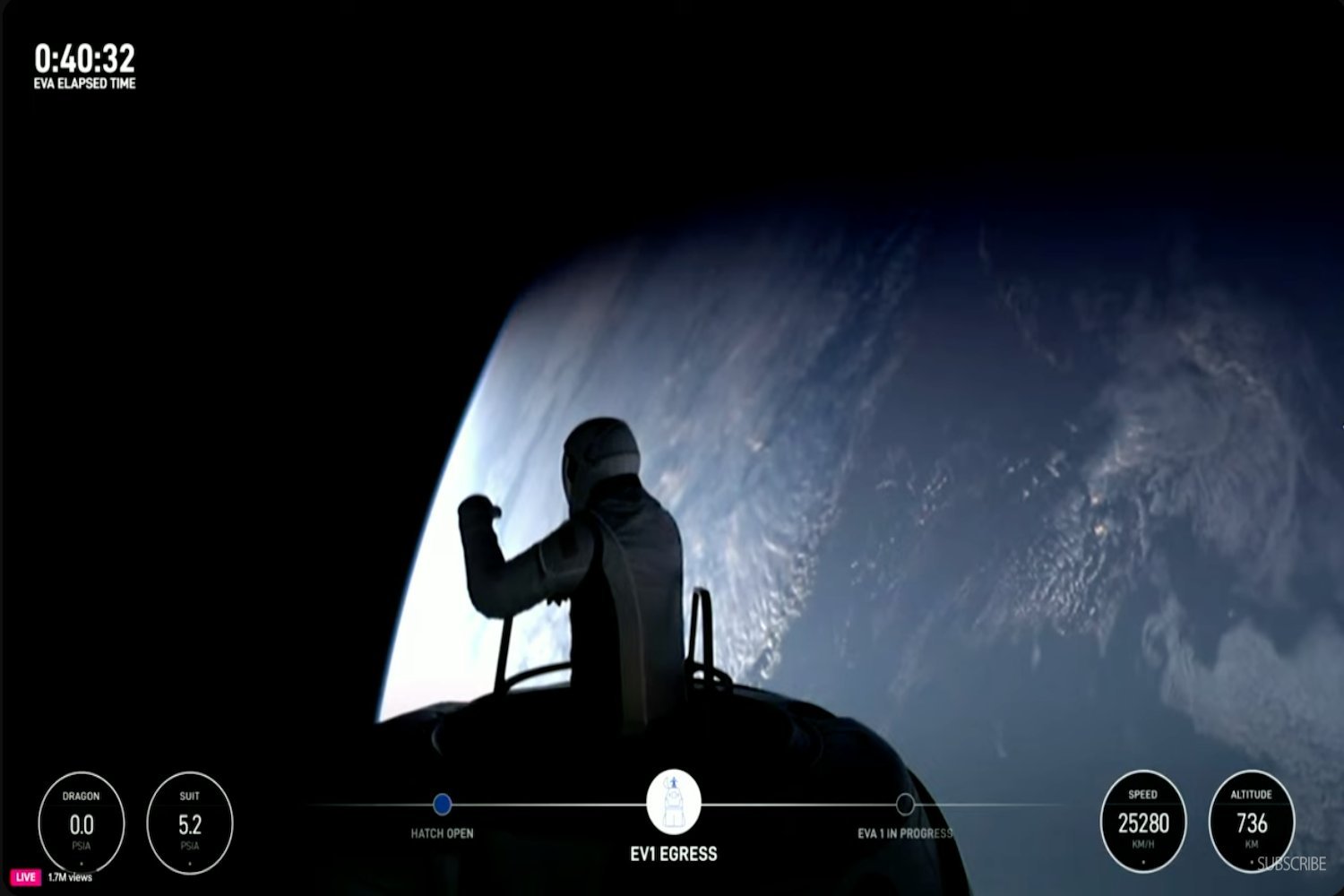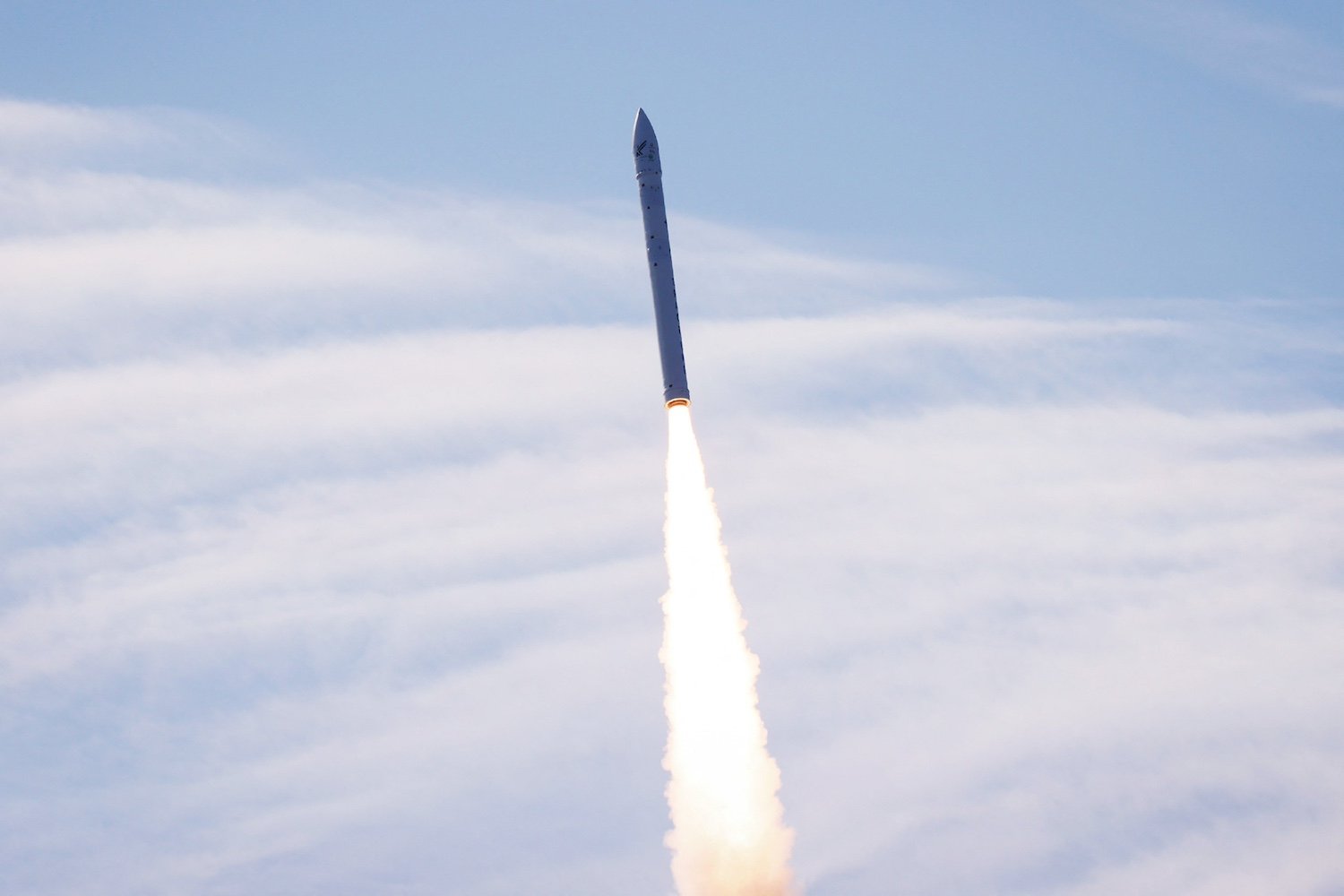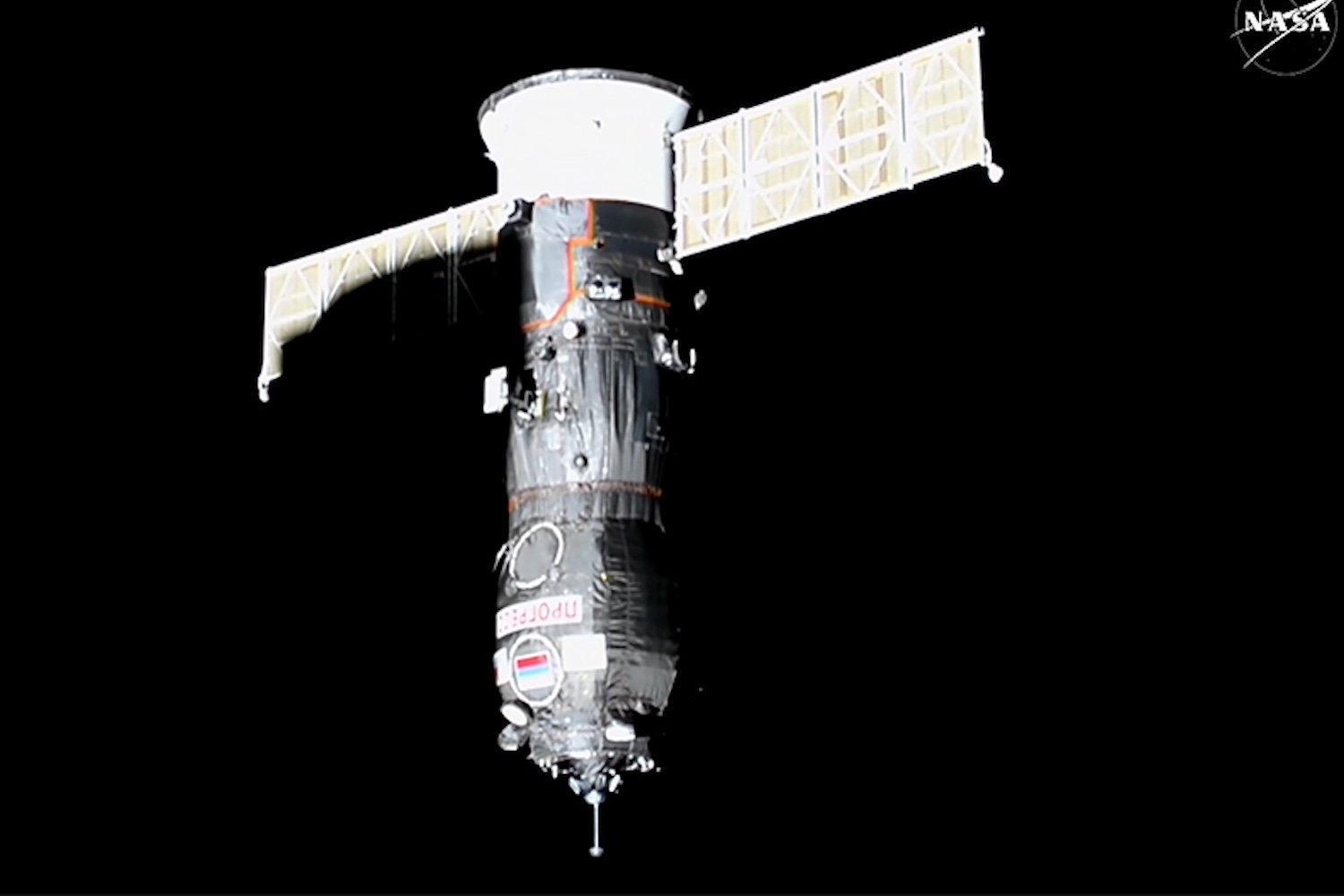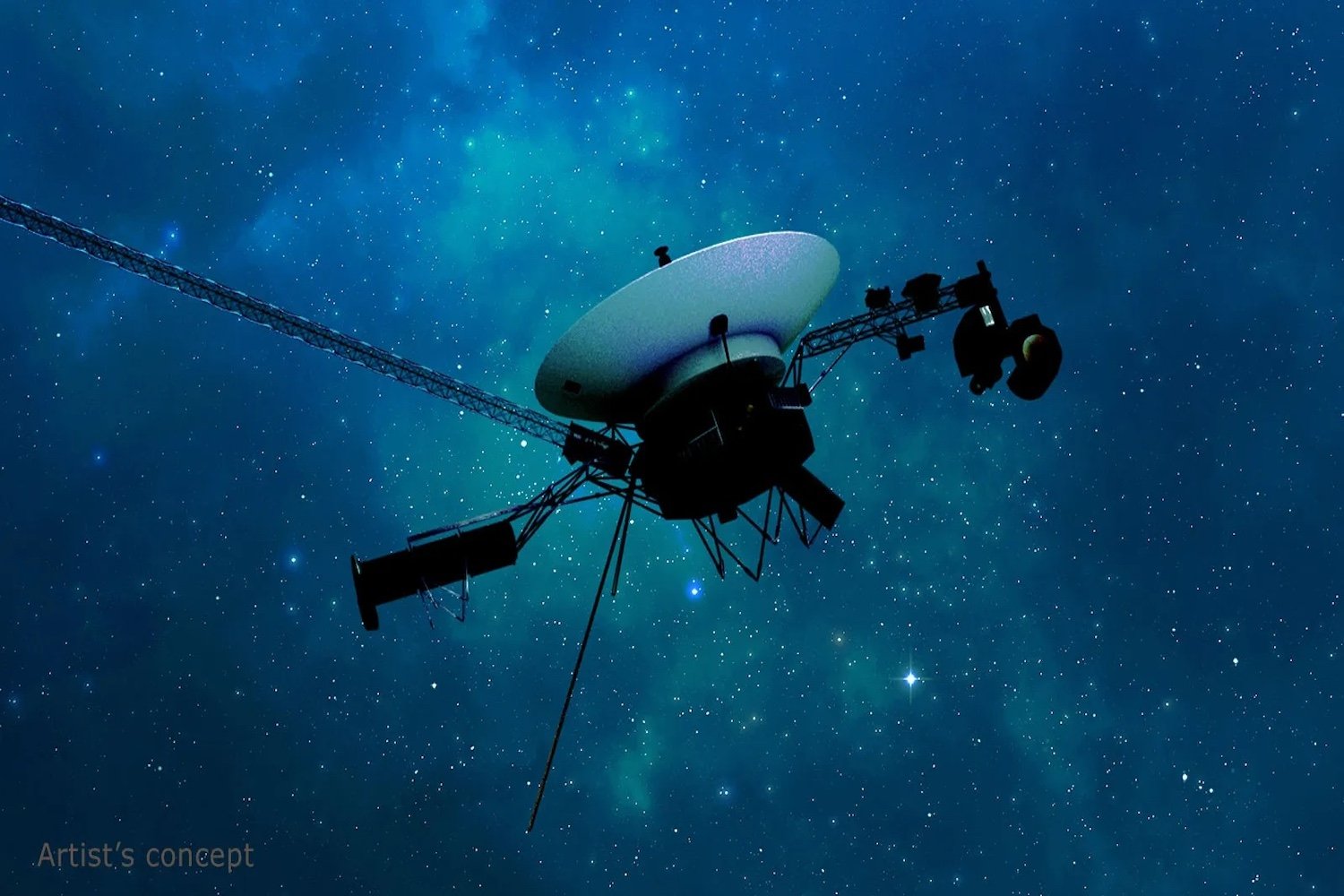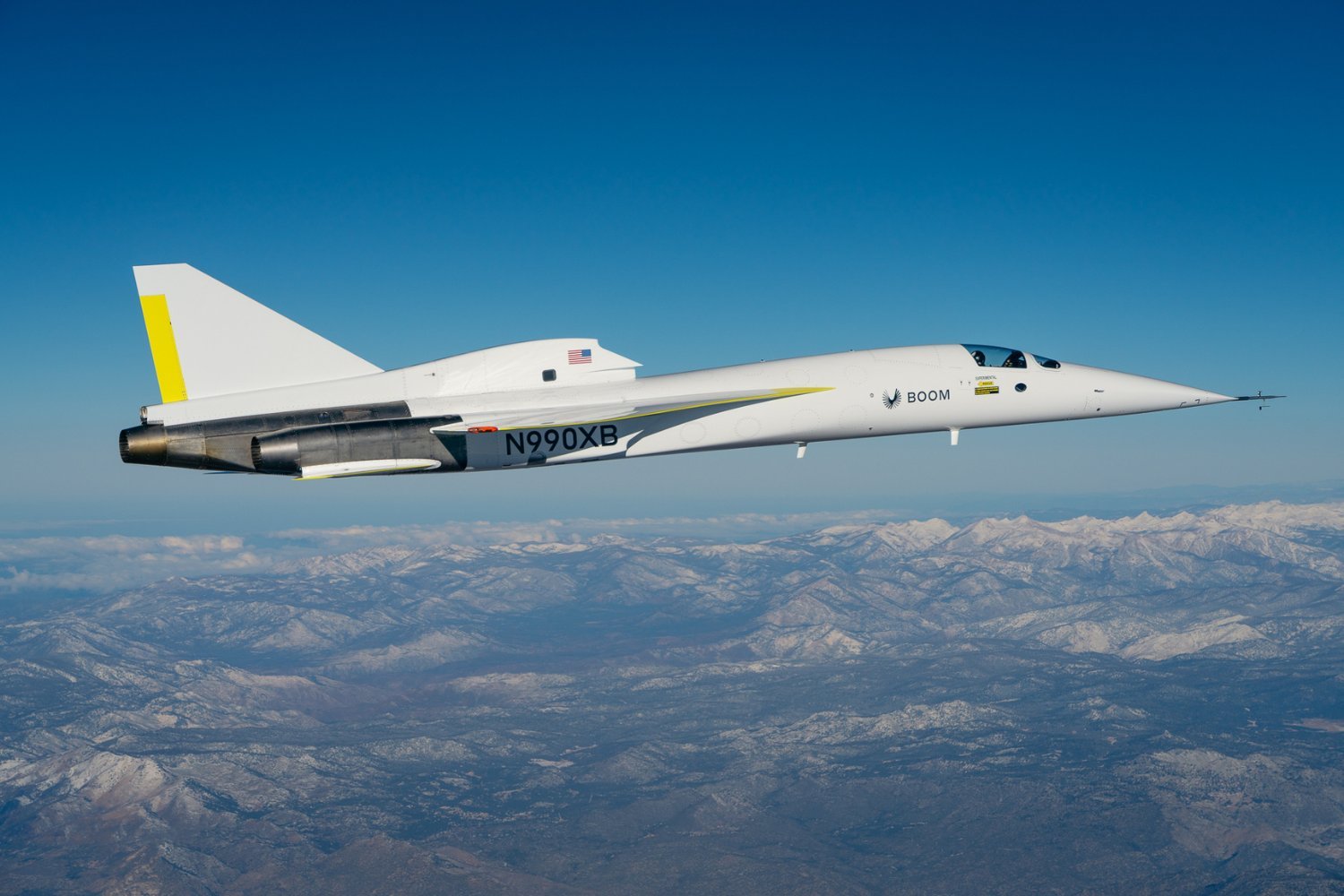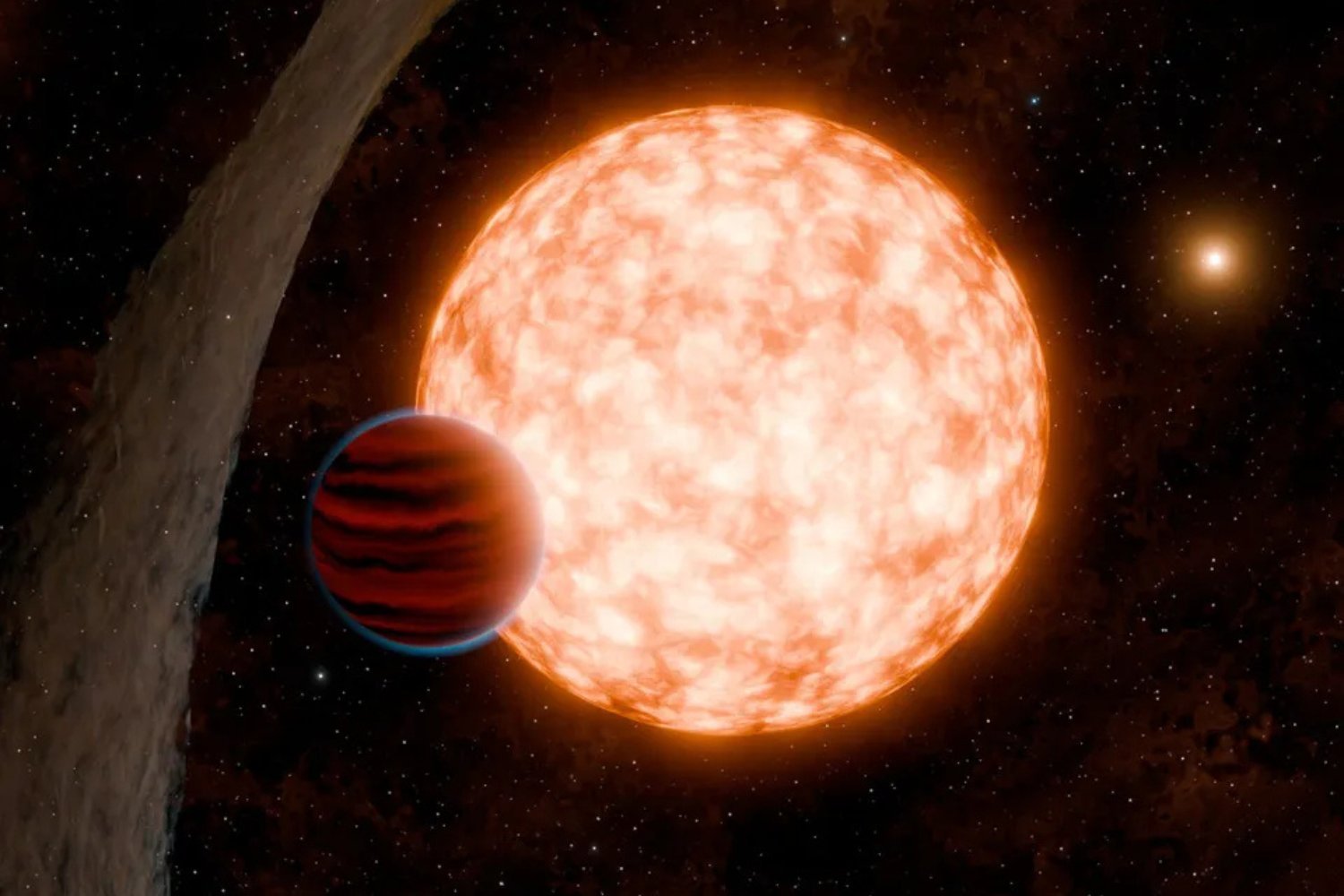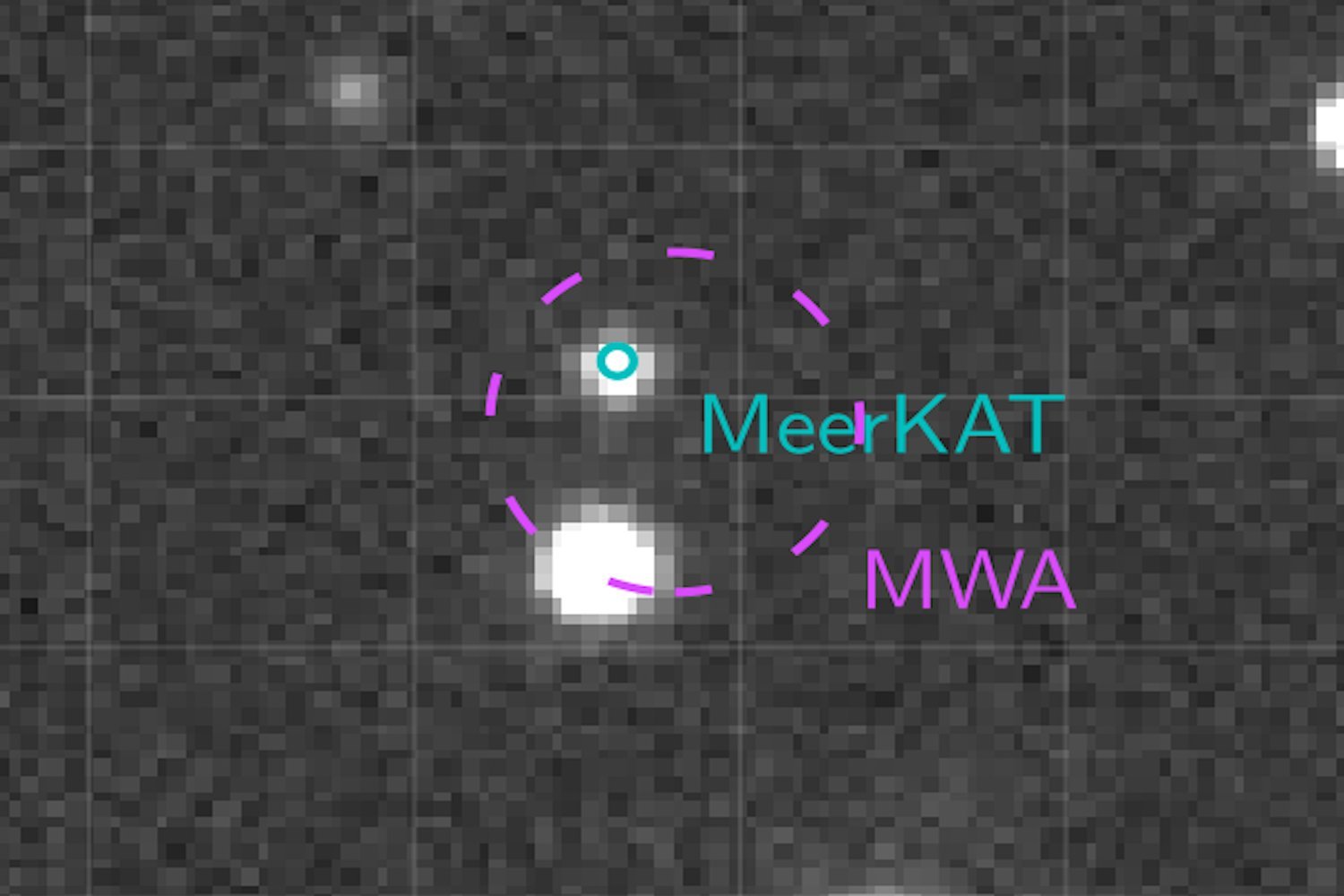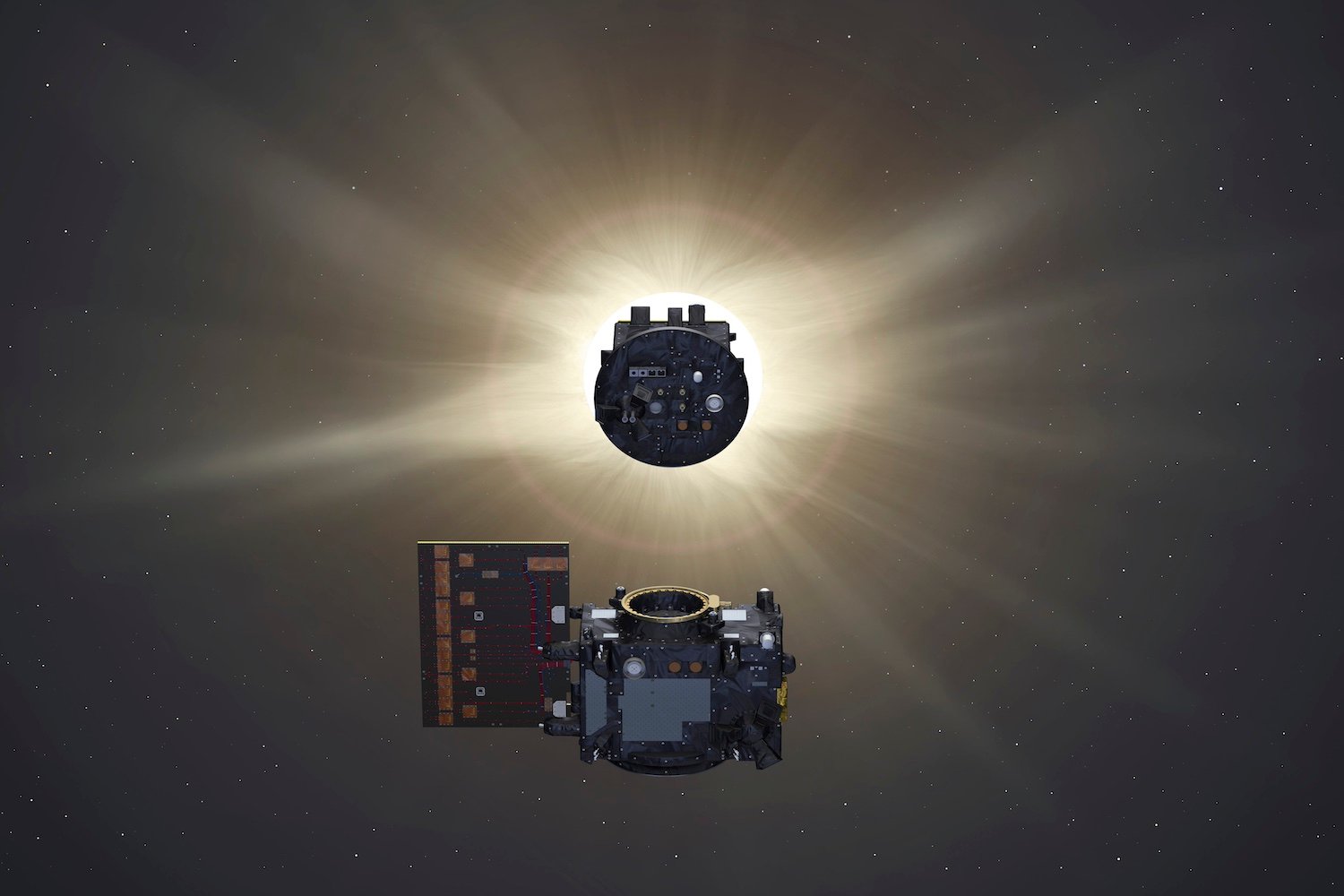The Polaris Dawn mission, a privately funded venture led by tech entrepreneur Jared Isaacman, achieved a historic milestone on September 12, 2024, by conducting the first-ever commercial spacewalk. Launched on September 10 aboard a SpaceX Crew Dragon, the four-person crew reached a record-breaking orbital altitude of 870 miles (1,400 kilometers), marking a new apogee for a crewed Earth orbit. However, a recent Reuters report reveals a concerning incident during the mission: a temporary loss of ground control due to a power outage at SpaceX’s California facility.
Power Outage Disrupts Communication with Polaris Dawn Crew
According to an anonymous source cited by Reuters, a power failure at SpaceX’s mission control center resulted in an hour-long loss of communication with the Dragon spacecraft. This meant that, for a significant period, ground control was unable to command the spacecraft. While the Polaris Dawn crew had received pre-flight training, they are not professional astronauts, raising concerns about their ability to handle unexpected situations without immediate support from mission control. The anonymous source emphasized the critical importance of continuous command and control, stating, “Not having command and control is a big deal. The whole point of having mission operators on the ground is to have the ability to quickly respond if something happens.”
FAA Regulations and Crew Safety on Commercial Spaceflights
As a private company, SpaceX was not obligated to publicly disclose the incident. While the Federal Aviation Administration (FAA) licenses commercial space operators for launches and reentries within U.S. borders to ensure public safety on the ground, it currently lacks the authority to regulate the safety of crew members on private spacecraft. This stems from a 2004 Congressional moratorium that temporarily prevents the FAA from implementing crew safety regulations for commercial space launches, aiming to avoid hindering the growth of the burgeoning private space industry.
NASA Informed of Incident, Safety Panel Raises Concerns
Despite not being directly responsible for crew safety on commercial flights, NASA was informed of the loss of ground control during the Polaris Dawn mission, according to another anonymous source who spoke to Reuters. SpaceX has been a key partner for NASA, having transported nine crews to the International Space Station (ISS) using the Dragon spacecraft, a similar vehicle to the one used for the Polaris Dawn mission. However, in November, a NASA safety panel expressed concerns about crew safety on SpaceX’s commercial missions, urging the company to prioritize this aspect as its spaceflight operations expand.
Implications for Future Commercial Spaceflights
The incident highlights the evolving landscape of space travel and the increasing role of private companies. The appointment of Jared Isaacman, the billionaire funder of Polaris Dawn, to lead NASA by President-elect Donald Trump could significantly influence the integration of private industry into the national space program. It is hoped that this appointment will lead to more formalized crew safety regulations for commercial spaceflights, preventing similar incidents in the future.



